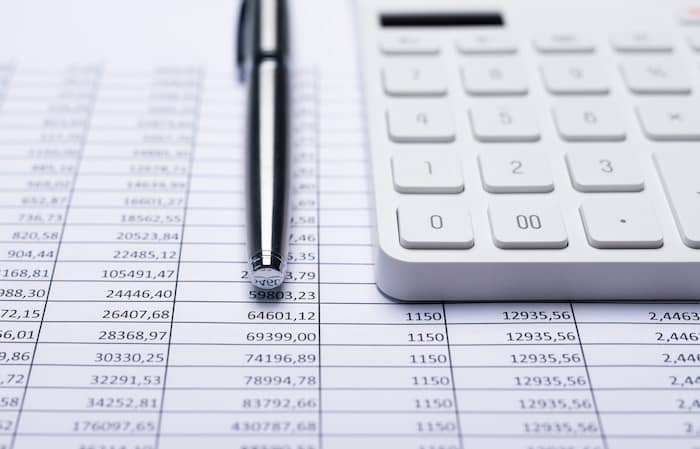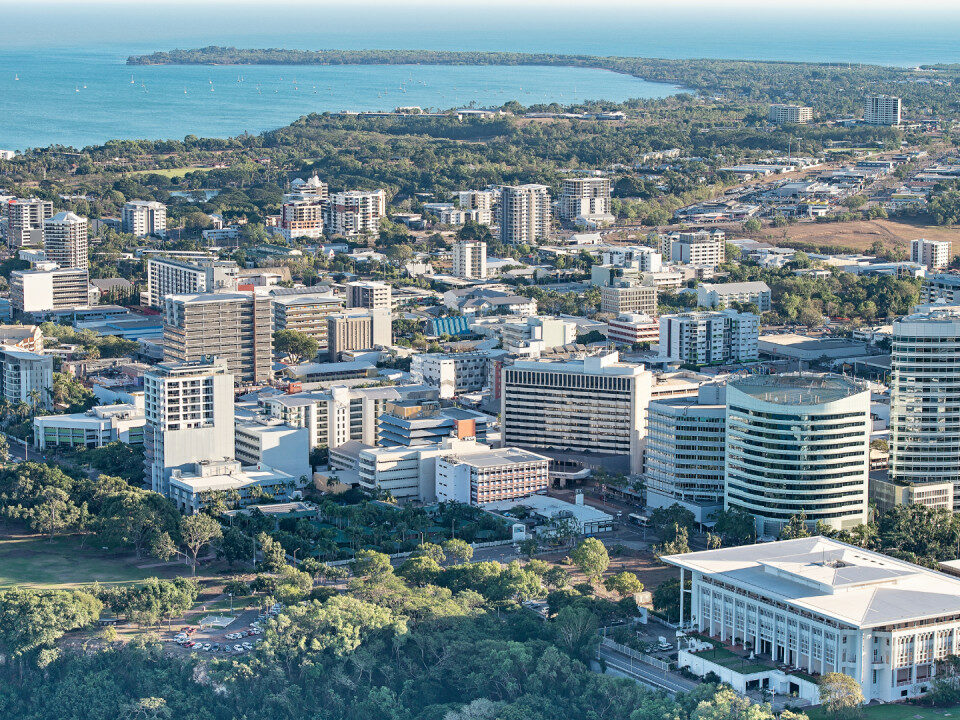- The first step is making the call.
- 1300 022 482
- hello@searchpartyproperty.com.au
How to Calculate if Real Estate is Profitable

There are many factors you need to consider when choosing an investment property. However, none are more important than if a property will be profitable, both in the short and long term. This will influence everything from how you manage the property to how quickly you reach your investment goals.
The problem is that profitability can be a tricky thing to calculate– particularly when it comes to property. There are a few variables that need to be taken into account and this can make the equation quite complex. There are also a couple of different types ofprofitability that need to be assessed and considered.
Here we explore what profitable properties look like and why they are so sought after by investors. We look into the different types of profitability and go over how each is calculated. We also share our thoughts on how profitable a property needs to be to help you achieve your goals.
Why is profitability important?
For most people, investing is all about growing their wealth and securing their financial future. While their exact goals and motivations may vary, the primary driver is always to make more money. And the key to achieving this is finding profitable properties.
Properties that turn a profit provide the investor with an additional income stream. This can be put toward specific purchases or generally improving their quality of life. Alternatively, returns can be used to pay down their debt quicker or grow their portfolio faster.
Owning profitable properties also makes it easier to secure financing when you want to add to your portfolio. If your property has experienced capital growth, the additional equity can be used as a deposit for a further mortgage. And any rental profits you receive will be counted as income when calculating your borrowing power.
That said, some investors prefer “negatively geared” properties that make a loss as these can help reduce their tax liability. While this is a perfectly legitimate investment approach, it only suits certain financial situations (i.e. those in a high tax bracket). It is also not one we recommend as, even after the tax break, you will still be out of pocket.
Profit from capital growth
One of the main reasons so many investors prefer property is that it is a physical asset. This means it should always have some value and, when selected and managed correctly, that value should increase over time.This process is known as capital growth and the additional equity it creates is effectively a form of profit.
To work out your capital growth, simply subtract how much you have spent on the property from its current value. As part of this, make sure you include all the costs you have incurred, including legal fees and any renovations.You can then work out the return on investment by expressing the capital growth as a percentage of your initial outlay.
A worked example:
If you buy a property for $500,000 and spend $75,000 on purchase costs and renovations, your total investment is $575,000. If, after owning it for a few years the property is revalued at $700,000, it means you have:
- Capital growth of $125,000: $700,000 – $575,000 = $125,000.
- A ROI of just short of 22%: $125,000 / $575,000 = 21.739%
Please note: Calculating capital growth is easy when you have owned the property for a while, but harder to do pre-purchase. At this point, any capital growth is purely speculative and would be based on potential price increases. Market forecasts should give you an indication of this, but growth calculations will never be exact or completely reliable.
Profit from rental income
When thinking about returns from an investment property, most people focus on the regular income it generates through rent. To calculate this, they usually look at the rental yield, which compares the annual gross income and the purchase price. While this is a good measure of the property’s performance, it is not the same as the net profit.
To calculate this, you need to take into account all of the property’s ongoing management and maintenance costs. This includes all insurances, property management fees, mortgage payments, and council rates and utility costs. Once you’ve added all these together, you can subtract them from your gross rental income to get your net profit.
A worked example:
A property rented for $500 a week generates just over $26,000 in gross income a year. If you pay $19,000 in mortgage payments, $1,500 in property management fees, and $3,500 in other costs, your total annual expenses are $24,000. This would mean you receive an annual net profit of $26,000 – $24,000 = $2,000.
Please note: We have developed this handy property cashflow calculator to help you run the numbers on any property you are considering. This lists out all your potential expenses, both upfront and ongoing, helping you get the most accurate calculation possible. It also calculates two levels of income based on the rent range the property is likely to achieve.
What kind of profit should an investment property bring?
A good investment property should provide you with both long-term capital growth and short-term rental income. However, the exact balance you need to look for will depend on your investment strategy and goals.
For example, if you are trying to build a retirement nest egg, properties with greater growth potential may be better. However, if you are looking to supplement your income or grow your portfolio quickly, you may want higher rental profits.
For more information on calculating profitability and picking the perfect properties for your portfolio, Contact Search Party Property today.




